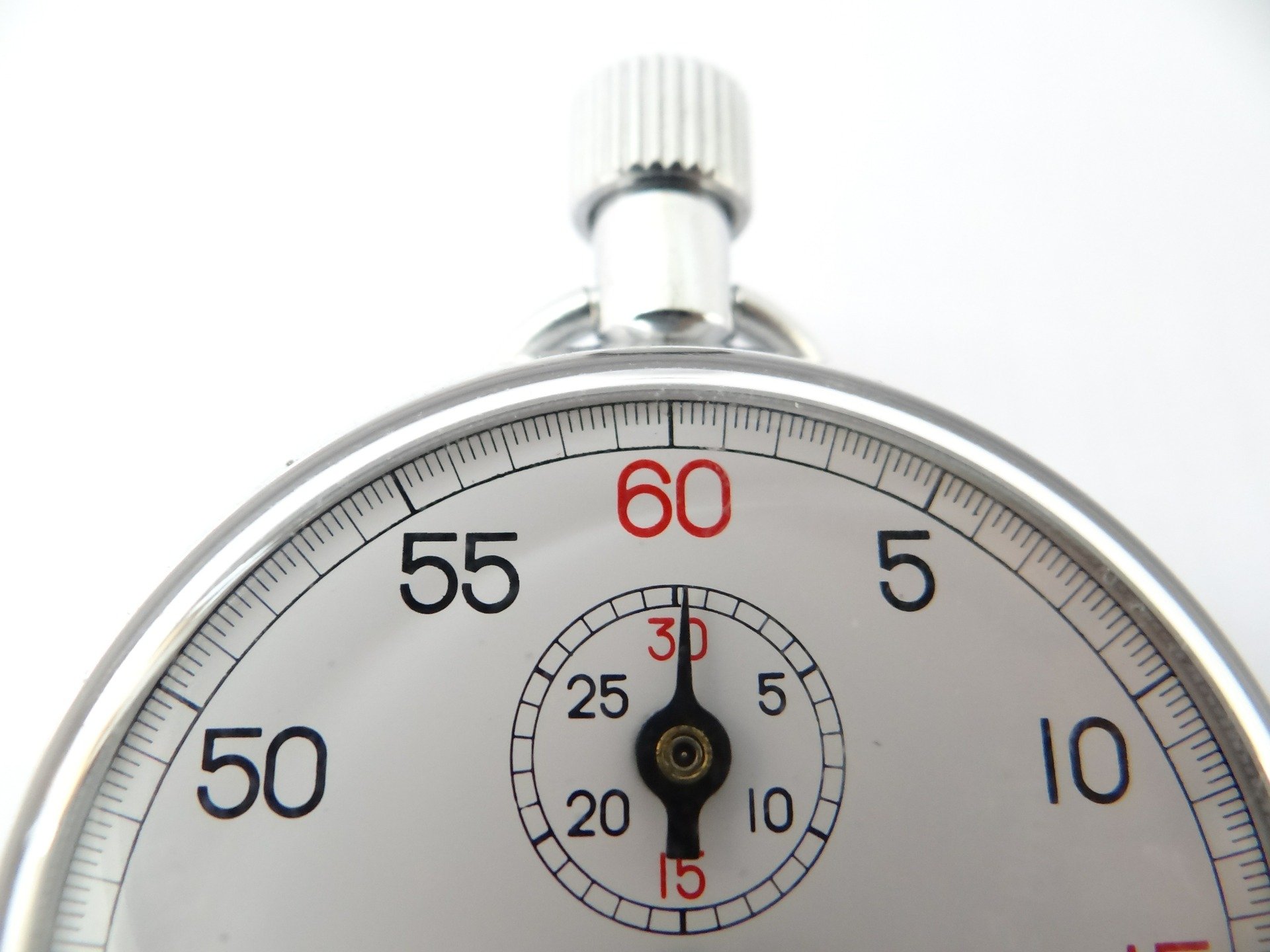ARE YOU A PROCRASTINATOR? HERE ARE 6 STEPS TO BEAT THE HABIT!
Mark Twain wrote “Eat a live frog first thing in the morning and nothing worse will happen to you the rest of the day.”
From what I have seen, everyone procrastinates… at least a little! But why?
Typically, we procrastinate when something seems like a huge undertaking or too difficult to do. Sometimes, it’s the fear of failing that keeps us from ever getting started.
It is easier to tackle easier, mindless tasks and put off (procrastinate) on the harder ones. It’s human nature.
Trying to get yourself to work on difficult tasks after a long day or when you are tired is even more challenging.
So what can you do when you are tempted to procrastinate?
Here are 6 Steps to Beat Procrastination:
1. Break large projects into small, doable tasks. You know the joke: "How do you eat an elephant?" One bite at a time. Accomplishing small pieces of the larger task will empower and encourage you to keep going. Small tasks reduce the feeling of overwhelm associated with a daunting project and enable you to build on successes.
2. Each evening, look at what needs to get done. For every task on your list, estimate how long you think it will take to complete. Be sure to ‘over-estimate.’ Things usually take a little longer than we expect. Distractions, interruptions, and technology issues seem to creep in and take up more time than we intend. Assign a ‘degree of difficulty’ to each item on your list. You can create your own scale or simply use 1 to represent easy, 2 for medium, and 3 for hard.
3. Take out your calendar and be sure to schedule. Fill in meetings and other ‘fixed’ variables. Then, look at your list of tasks and decide which need to get done immediately. By prioritizing your to-do list every day, nothing will fall through the cracks or be forgotten. Your calendar is a great tool and will serve as your road map each day.
4. Consider the times during the day when you are most alert and attentive. Everyone has windows of peak performance. Put simply, it’s the time of day when you find it easiest to focus and get your most difficult work done. Schedule your harder tasks during these times but be sure to allow for regular breaks. If you find yourself tired and sluggish in the late afternoon, be sure to plan easier work to be done during that time.
5. The Pomodoro method. This method of time management was created in Italy in the 1980s by Francesco Cirillo. The technique suggests using a timer set for 25 minutes of concentration followed by 5 minutes of relaxation. You can use this as a guide or adjust the 25 to 20 minutes if that’s your optimal working time.
Other recent research suggests that the optimal mix is 52 minutes of deep work followed by 17 minutes of rest.
6. Scheduling a specific time to get work done. Making appointments in your calendar to get your tasks done will enable you to get your work done more efficiently. You will also find that scheduling out your time makes you realize that when you work effectively, there is plenty of time to do things you enjoy (dinner with friends, exercise, movies, etc.)
Instead of trying to tackle everything at once or jumping right into a monstrous project, take the time to plan. Breaking large assignments into smaller tasks will enable you to have a series of small successes that you can build upon. It also significantly reduces the anxiety that builds when we think we are running out of time or are doomed to fail.
That first step is always the hardest so tackle something small and easy.
WANT MORE PRODUCTIVITY TIPS?
Check out Super-Productive: 120 Strategies to Do More and Stress Less.
Available on Amazon.
To learn more, visit ControlChaos.org and sign up for our blog.





